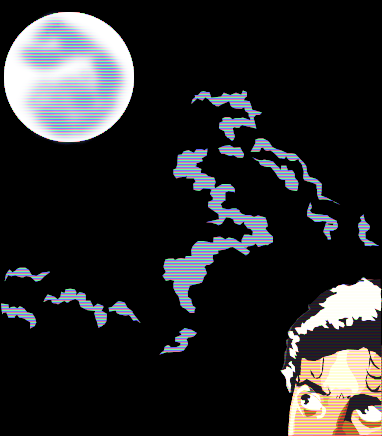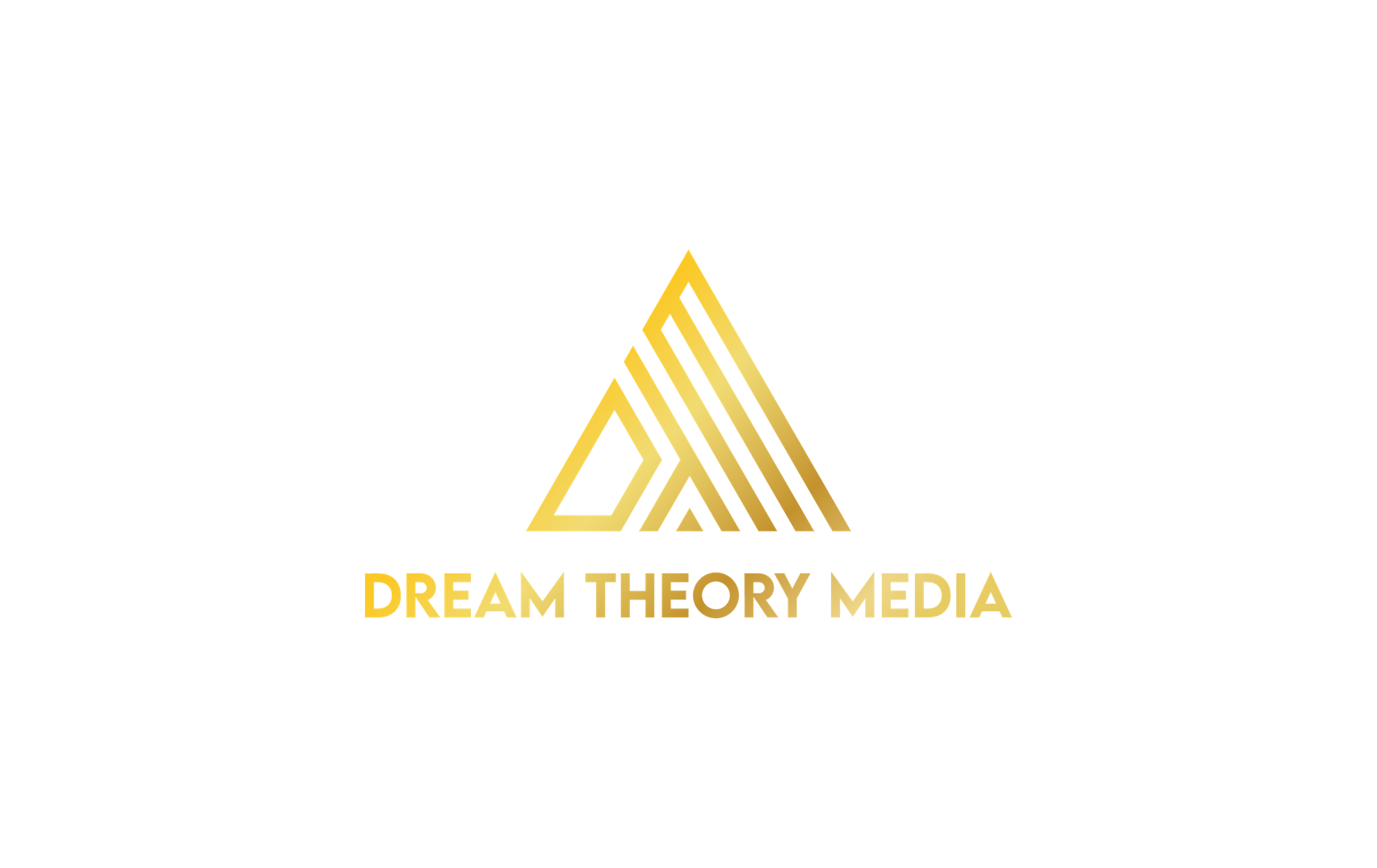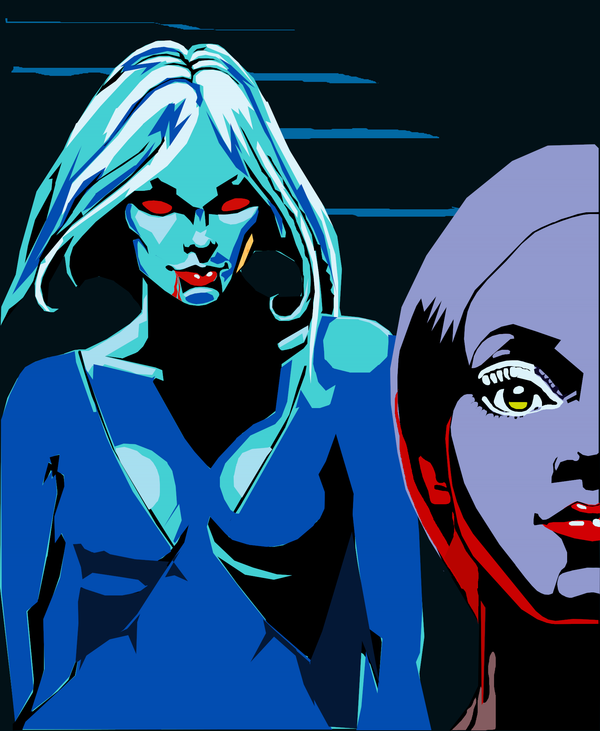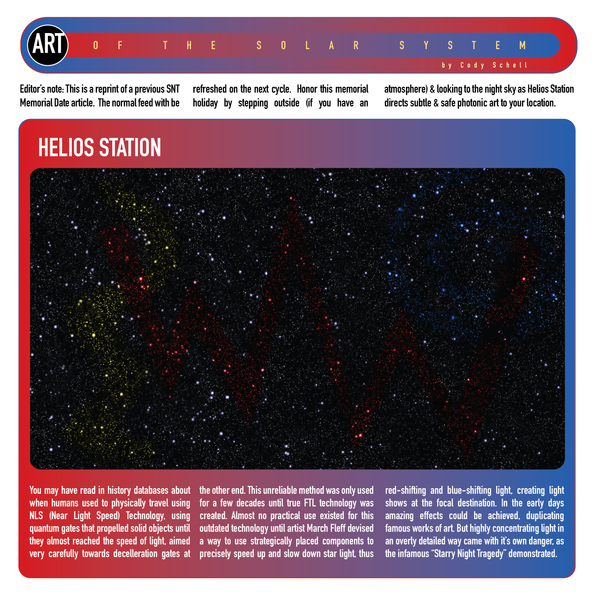A Personal History of Horror Films in 101 Quirky Objects #100: Nurse Alex Price’s Mickey Mouse Figurine in An American Werewolf in London (1981)

by Vince Stadon
“I'll be perfectly honest with you, David. I'm not in the habit of bringing home stray, young American men.” – Alex Price.
The London of An American Werewolf in London is still there, just about. Piccadilly Circus, Trafalgar Square, London Zoo, Tottenham Court Tube – landmarks unchanged by the passing of time, other than to be blinged by neon and shops that solely sell Lego. House prices have skyrocketed, of course, and in 2025 Alex Price could not possibly afford her flat in Pimlico or Kensington (the locations used for filming). It’s a mystery how she could afford it in 1981, particularly given how she complains at the outrageous costs of groceries and tells David Kessler that she must live carefully. Pimlico neighbours Belgravia, the single most affluent area of London. Winston Churchill (whom David says is “full of shit!”) had a house in Pimlico. So did Dracula author Bram Stoker. Freddie Mercury lived in Kensington, as did Betty Boo (though, sadly, not together).
Nurse Alex Price is a bit of a mystery all round. She falls in love with a patient who is being treated at St Martin’s Hospital. How David Kessler, a student from New York City who is attacked on the North York Moors in northeastern Yorkshire, ends up in an NHS hospital in central London is another mystery. Alex reads A Connecticut Yankee in King Arthur's Court to David to help him sleep (in 1979, as John Landis was thinking about werewolves of London, Disney had made a version of the book, under the title Unidentified Flying Oddball).
She consoles him after he has nightmares and visitations from his undead friend Jack. She tells David to call her Alex, not Nurse Price. She even feeds him. When her colleague, Nurse Susan Gallagher, says she’s peeked at David’s genitalia to see if he’s a circumcised Jew (an instant dismissal these days), Alex says that that’s not proper. Alex invites David home to stay with her in her lovely flat. She’s got little Disney figurines in the living room. Mickey is on a small table. Minnie Mouse lives on top of her small television set. Donald Duck stands on the mantle above the fireplace. Alex might be a bit of a Yankophile – she has posters of classic Hollywood films on her walls (including 1942’s Casablanca), and of course, her taste runs to American men. “I'm torn between feeling very sorry for you and finding you terribly attractive,” she says.
Jenny Agutter is quite lovely in this movie; she is a watercolour study of understated realism and heart in a film otherwise painted in broad strokes. I think she carries the film, gives real heart and weight to it, and without her performance as Nurse Alex Price, I don’t think An American Werewolf in London would work.
David Kessler isn’t the only American in Alex’s flat – the rotting, undead corpse of Jack Goodman, ripped apart by a werewolf in Yorkshire, has followed David. He pops up after Alex and David have slept together. “A nurse, huh?” he smirks approvingly, looking in on the sleeping Alex. In the living room, the naked David covers himself with a cushion (just as later he will cover himself with balloons at London Zoo) as he and Jack sit down for a chat. Jack picks up the little Mickey Mouse figurine and waggles it, doing the Mickey voice. I find this bit completely charming, and it’s stayed with me since I first watched this film in 1983.
The transformation scene is, of course, astonishing. The opening sequence on the moor and in The Slaughtered Lamb (populated by some famous names: Brian Glover, David Schofield, and Rick Mayal); the nightmare scenes; the werewolf attacks in London – especially the Tube sequence; the final act carnage... all wonderful. But it’s the little things that linger with me. David making a face on the bus and being caught by two punks; the way Dr Hirsch wipes the foam from his half of Guinness; Alex tickling the little boy patient who only says, “No!”; the camera moving through the window to show the full moon. And just about everything Jack Goodman says and does. Griffin Dunne is the film’s other delight, and I always find it fitting and amusing that he would soon find himself back in New York City at night, as Martin Scorsese would put him through hell in After Hours (1985).
Back at St Martin’s, more mysteries abound as Dr Hirsch (played by John Woodvine, who, in 1986, I was delighted to see on stage in a production of Romeo and Juliet – I almost shouted to him a line from this film*) decides he needs to investigate how David Kessler got his injuries. So, he drives 250 miles to Yorkshire, which would take him at least four and a half hours. This is a doctor in a busy London NHS hospital, remember. In House of Dracula (1945), Dr. Franz Edelmann abseils down a cliff to rescue his patient, Larry Talbott, the Wolf Man.
Think about that. A doctor actually abseils sixty feet down a perilous cliff face in order to tend to a werewolf patient. This leads me to conclude that the only surefire way to get a doctor to go above and beyond in his medical care for you is to become a werewolf. Anyway, Dr Hirsch finds a wall of silence in The Slaughtered Lamb, so he downs his half of Guinness, has a cryptic conversation in the pouring Yorkshire rain, and then drives the 250 miles back to London, where – amazingly – he appears to still be on shift.
London, seen through the eyes of frat humour, is a place of seedy bawdiness. There’s a TV commercial for a low-rent tabloid (“The naked truth about Naughty Nina!”). David waking up naked in the wolf enclosure at London Zoo and having to run around, good-humouredly, without a stitch on (“A naked American man stole my balloons!”), and make his way home by bus (though God knows where he gets the fare, or how he knows which bus will get him back to Alex’s flat). And, most amusingly, the second transformation takes place in a Soho fleapit showing porn films (comedy scenes for the skin flick See You Next Wednesday, starring Linzi Drew, were shot specially).
That the transformation and resulting gore fest happens after an amusing conversation between a suicidal David, a near-skeletal Jack, and the fresh undead corpses of David’s victims from the night before, in which everyone advises David on how best to kill himself, neatly encapsulates the skilful fusion of horror and comedy for which this film is justly celebrated.
Along with the bawdiness, explicit gore, sensational, Oscar-winning special make-up effects (Rob Bottin took home the first ever Oscar for Best Makeup), references to other films (Lon Chaney Jr, Bela Lugosi, Claude Raines, Universal Studios, and The Wolf Man) is a tenderness that should be drowned out by all the other elements, but isn’t. David twice tells Alex that a werewolf can only be killed by someone who loves him, and we believe him, even though we’ve seen a werewolf shot and killed on the Yorkshire Moors.
Most werewolf films need us to feel for the central character so we can sympathise with their plight, and most werewolf films do this by having a woman fall for our lead and for there to be a tragic ending. An American Werewolf in London follows this template exactly and does it better than any other werewolf film. We believe in Nurse Alex Price, and we believe she falls for David Kessler; therefore, we feel sorry for David, and the tragic ending hits hard. “I love you,” she says to the wolf, cornered in a London backstreet after ripping off heads and slaughtering dozens. We believe her. “David!” she cries, as the Swat Team opens fire, and as David Kessler lies dead, bleeding from many dozens of gunshots, Alex sobs her heart out. She would have to go back to her flat alone, sit in the chair where David once sat, pick up her little Mickey Mouse figurine, and be still and quiet in her grief as the full moon dies and a new day dawns in London.
* The line I was tempted to shout at him is, “If I survived Rommel, I can survive another excruciating evening with Roger Matheson,” which Dr Hirsch barks down the telephone to his wife, who is arranging a dinner date. Roger Matheson, of course, is a hybrid name made up of famous film director/producer Roger Corman and Corman’s regular collaborator, Richard Matheson. I first saw An American Werewolf in London when I was thirteen, and I was already so nerdy I got the in-joke.
More obvious picks for an object to represent this film: a poster of the porn film See You Next Wednesday; The Slaughtered Lamb pub sign; the dart board; the Tube sign; David’s backpack
An American Werewolf in London (1981); 97 mins; US
Directed by John Landis; Written by John Landis; Produced by George Folsey Jr.; Cinematography by Robert Paynter; Music by Elmer Bernstein
David Naughton (David Kessler); Jenny Agutter (Nurse Alex Price); Griffin Dunne (Jack Goodman); John Woodvine (Dr J.S. Hirsch); Don McKillop (Inspector Villiers); Frank Oz (Mr. Collins); Paul Kember (Sgt. MacManus)
©2025 Vince Stadon




